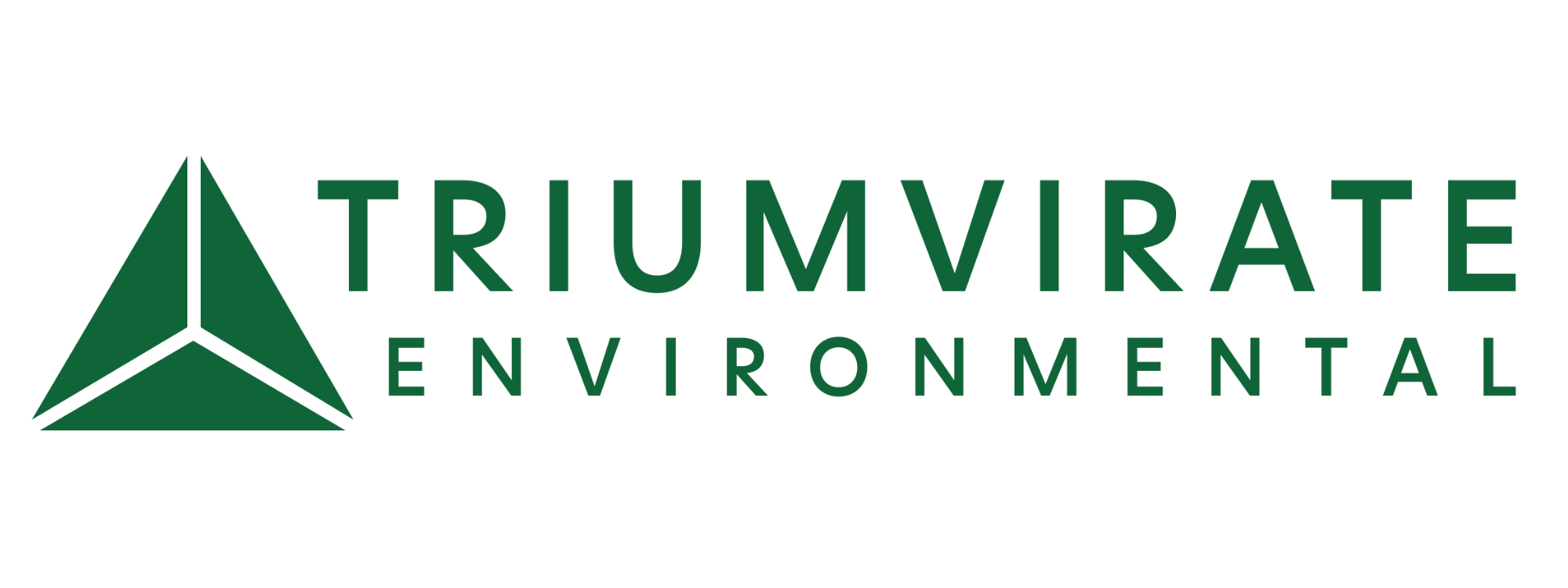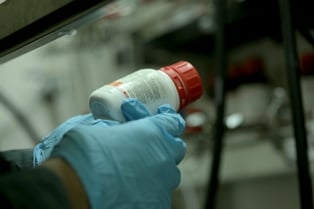4 Things You Need to Do for OSHA’s New Compliance Directive
 OSHA’s Hazard Communication Standard (HCS) underwent significant revisions in 2012 that became effective as of July 2015. The directive establishes policies and procedures to ensure uniform enforcement of the HCS and is applicable wherever OSHA regulations are enforceable. This post highlights the core requirements and inspection procedures you need to know.
OSHA’s Hazard Communication Standard (HCS) underwent significant revisions in 2012 that became effective as of July 2015. The directive establishes policies and procedures to ensure uniform enforcement of the HCS and is applicable wherever OSHA regulations are enforceable. This post highlights the core requirements and inspection procedures you need to know.
Comply with the Hazard Classification Requirements
Chemical manufacturers and importers are required to classify the hazards of the chemicals they produce or import. If you choose to do your own classifications, you are responsible for complying with the classification requirements of the HCS. Hazard classification must follow the requirements outlined in Appendices A and B of the standard:
- The classification of hazards is to be performed based on the criteria provided for each individual hazard class
- There is no requirement for testing to determine the classification
- Known intermediates and by-products are covered by the HCS and must be addressed in the hazard classification
- Decomposition products which are produced during normal conditions of use or in foreseeable emergencies for the product are covered
Manufacturers and importers must classify and create SDSs and labels for intermediates that are formed in a discrete step in the process of making the final product. For example, in the process of creating chemical E that is formed in two steps, A + B = C and C + D = E, the creation of C is a discrete stopping point and can be isolated. This ensures your employees are protected and the information is available in case of emergency. You are not, however, required to classify, label, or create SDSs for intermediates that cannot be isolated as discrete entities from the reactant materials. In other words, classification is required for intermediates and by-products created in transition that have not completely reacted and do not form a discrete product.
Label with Inspection Guidelines in Mind
The HCS revisions standardize label elements for containers of hazardous chemicals. There are now new inspection guidelines you need to be aware of. Here are the inspection guidelines for labeling:
- Inspectors must determine that containers are labeled with the appropriate information, that the labels are legible, and that the labels are prominently displayed
- Labels must be in English but may also be printed in other languages
- The inspector will determine whether the product identifier can be cross-referenced with the SDS and to the inventory list of hazardous chemicals
- Inspectors must evaluate the effectiveness of workplace (in-house) labeling systems
- An effective labeling system is one that ensures that employees are aware of the hazardous effects of the chemicals to which they are potentially exposed
- Inspectors must evaluate alternative labeling provisions for containers which are difficult to label, e.g. small, odd shape
You may be cited if workplace (in-house) containers of chemicals are not labeled or if the container is missing information such as the product identifier or hazard description. The key to evaluating the effectiveness of any alternative labeling method is to determine whether employees can correlate the visual warning on the in-plant container with the applicable chemical and its appropriate hazard warnings.
Ensure Transparency with Safety Data Sheets
Chemical manufacturers and importers were required to develop safety data sheets in accordance with the HCS 2012 by June 1, 2015. Those requirements include:
- The employer must not require employees to perform an Internet search to view/obtain the SDS
- The employer may make SDSs available to employees on a company website or contract with an off-site/web-based SDS service provider
- If the employer is maintaining the SDSs on a company website or with an off-site/web-based SDS service provider that faxes them, they must ensure that:
o All employees have adequate computer or facsimile access, with no restrictions;
o There is a backup procedure or system, e.g. paper, another electronic system)
o The employees must be trained on how to access the SDSs (both on the computer and the backup procedure or system)
o There is a procedure or system in place to ensure that employees can receive a hard copy if so desired and in cases of emergency (which must be transmitted to medical personnel). It is not acceptable to only transmit the information verbally.
- Employees must have unrestricted access to SDSs. This means the employer cannot require workers to ask for the SDS, e.g. stored in a locked office
If an SDS is not readily accessible to employees while in their work area, a citation shall be issued under (g)(8). Violations of (g)(8) shall also be cited when an employer using electronic access as an integral part of the hazard communication program does not have an adequate backup system to address emergency situations.
Maintain a Hazard Communication Program
If your employees are or are potentially exposed to hazardous chemicals you must develop and maintain a written hazard communication program for each workplace. Employees must have access to the written hazard communication program. As with the SDSs, you must ensure that employees know how to access the document and that their access is not obstructed.
For more information on the new inspection procedures, sign up for our free webinar, Hazard Communication Standard Revisions.









.png)